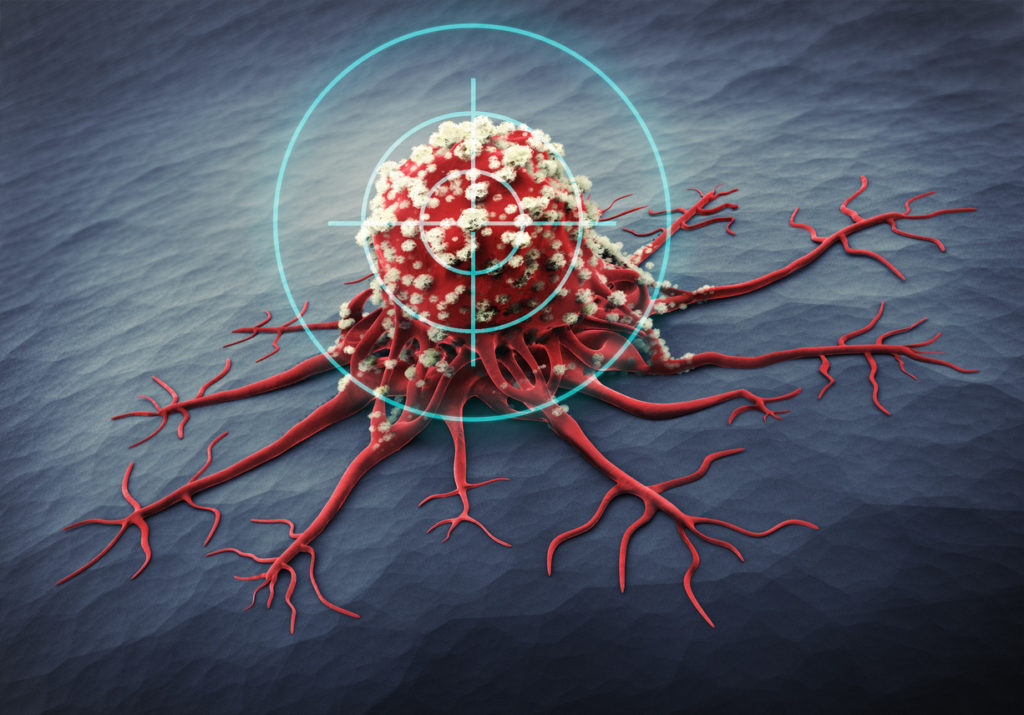
$20.00
raised of $20,000.00 goal
2
donors
0
days to go
My research has been focused on developing equipment and new methods that can produce parahydrogen-based hyperpolarized MRI contrast agents on a clinical scale. MRI has become one of the most important medical advances of the century due to its advantage of being non-invasive and non-destructive since it relies on the use of magnetic fields, radio waves and the inherent spin of nuclei in molecules to create images of tissues for diagnostics. However, MRI sensitivity is linearly proportional to the nuclear spin polarization (P) of the target nucleus which is usually very low at room temperature and clinically relevant magnetic fields of even up to 7 Tesla. Hyperpolarized contrast agents solve this problem by transiently increasing nuclear spin polarization using chemical and/or physical techniques which can then be used to enhance molecular imaging. Among the techniques used to produce hyperpolarized contrast agents, Parahydrogen-Induced techniques such as Signal Amplification by Reversible Exchange (SABRE) offer a faster and cheaper alternative for production of hyperpolarized (HP) compounds that can be employed as metabolic contrast agents. These hyperpolarization approaches exploit the singlet spin-order inherent in parahydrogen to increase P of a target substrate in the presence of a suitable catalyst.
One of the equipment items I have developed is a clinical scale parahydrogen generator which has been published in the ACS Analytical Chemistry journal. We have also successfully developed a clinical scale hyperpolarization device that integrates the components needed for using parahydrogen to produce hyperpolarized MRI contrast agents using both SABRE and conventional PHIP approaches. Currently, we are using these equipment to hyperpolarize [1-13C]pyruvate and [15N3]metronidazole which have peculiar metabolism in cancer cells due to hypoxia. In fact, in a recently published paper in ACS Sensors, we have demonstrated carbon-13 Radiofrequency Amplification by Stimulated Emission of Radiation of Allyl [1-13C]pyruvate. The long-term goal of this technology is to revolutionize the early detection of cancer by allowing the background-free 13C detection of hyperpolarized [1-13C]pyruvate and its metabolites such as lactate.
Admin istrator
ADMIN
Member since Mar 2010
May 03, 2025
May 03, 2025
Great